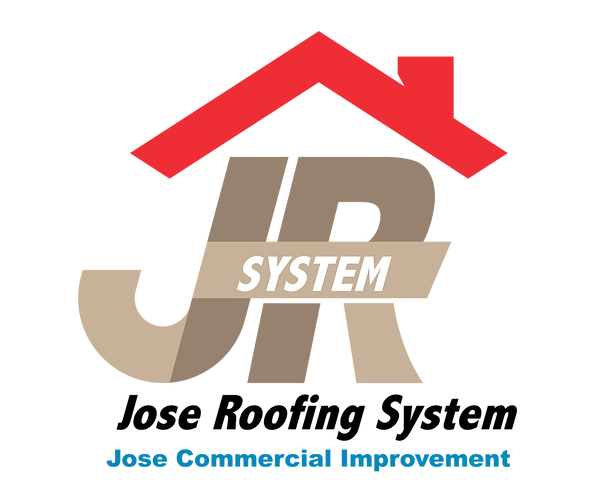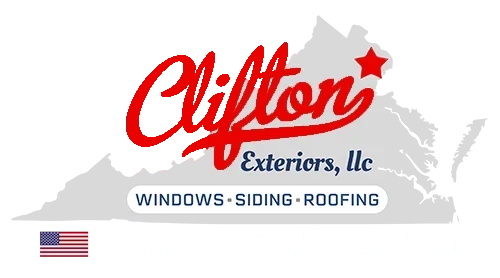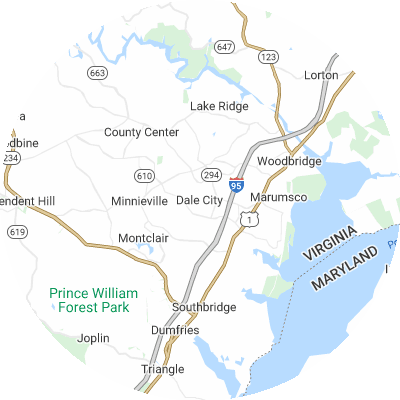Signs You May Need Gutter Guards
Gutter guards aren't required for all homes, but evidence of blocked gutters is clear. Signals of chronic gutter troubles are:
- Soggy ground or visible erosion patterns around your house's foundation
- Leaky joints or seams where water leaks from the gutters
- Frequent clogs that cause overflow and water to spill over gutters
- Visibly damaged, sagging, or misaligned gutters that no longer correctly direct rainwater
- Mold growth, peeling exterior paint, or interior water stains on walls near gutters.
How To Choose a Gutter Guard Installer
Assess Their Experience
Look for an experienced gutter guard installation company that has been in business for many years and has installed many different brands and models of gutter guards. These companies know how to properly measure and install gutter guards on your unique home setup. Ask how long they’ve been in business and request local referrals.
Verify Proper Licensing and Insurance
Always confirm professional gutter guard installers are properly licensed, bonded, and maintain general liability insurance and workers compensation. This protects you from liability for any accidents or injuries that might happen. Ask to see current licensing and insurance papers when talking with potential providers.
Choose Reputable Brands
Look for installers that provide tenured trusted gutter guard brands such as Gutter Helmet and LeafFilter. Steer clear of companies that only offer generic no-name guards or their own off-brand products. These lesser-known products may lack rigorous testing.
Seek Custom Fit Services
For superior performance, gutter guards need to be custom-fitted to match your unique gutter setup. Pick a company that uniquely sizes and cuts guards specifically for your home, rather than using universal guards. Accurately fitted guards will leave no gaps for debris to get stuck.
Examine Warranties
High-quality gutter guard companies usually offer 20-year or lifetime warranties protecting against clogs, leaks, rust, and other defects. Before choosing a company, carefully read through the warranty terms for both workmanship and materials guarantees. Warranties are the most effective way to safeguard your gutter investment.
Check Reviews and Referrals
Be sure to check online reviews on Google Reviews, the Better Business Bureau (BBB), Yelp, and other review sites to see customer feedback. Ask neighbors to suggest companies that provide quality local gutter guard installation. When researching, look for providers with consistently good feedback rather than only one or two sporadic reviews.
Types of Gutter Guards
The six primary types of gutter guards include the following:
- Foam guards consist of pieces of foam that rest in your gutters to catch debris. They're lightweight and easy to install. On average, you can expect to pay $2.47 per linear foot for foam guards.
- Brush guards are precisely what they sound like: large brush bristles that sit in your gutters to block debris while letting water through. On average, you can expect to spend $4.06 per linear foot for brush guards.
- Screen guards have large holes that allow water through while keeping out debris. Screen guards cost roughly $4.67 per linear foot.
- Mesh guards have smaller holes than screen guards and similarly catch debris while allowing water to flow through. Mesh gutter guards are durable and encourage debris to slide off rather than sit on top of your gutters. On average, you can expect to pay $4.35 per linear foot for mesh guards.
- Micro-mesh guards are typically the most effective. They have smaller holes than regular mesh guards, which lets even less debris through. Micro-mesh guards cost roughly $5.41 per linear foot.
- Surface tension guards, sometimes called reverse curve guards, use surface tension to let debris slide off while water flows into the gutter. They can usually be seen from the ground. On average, you can expect to pay $3.42 per linear foot for surface tension guards.













